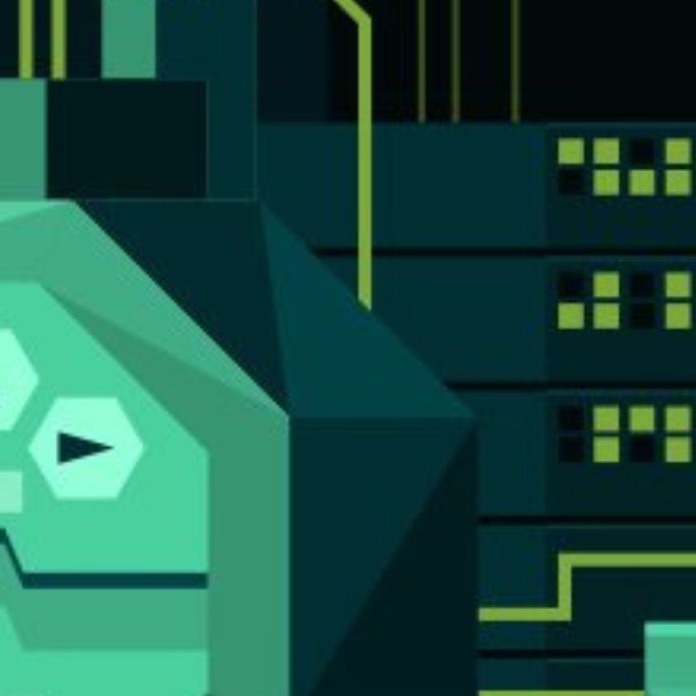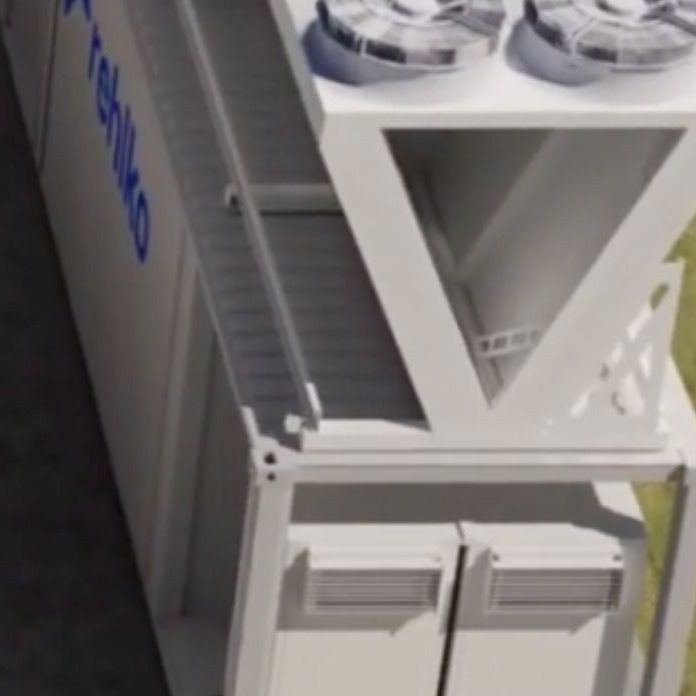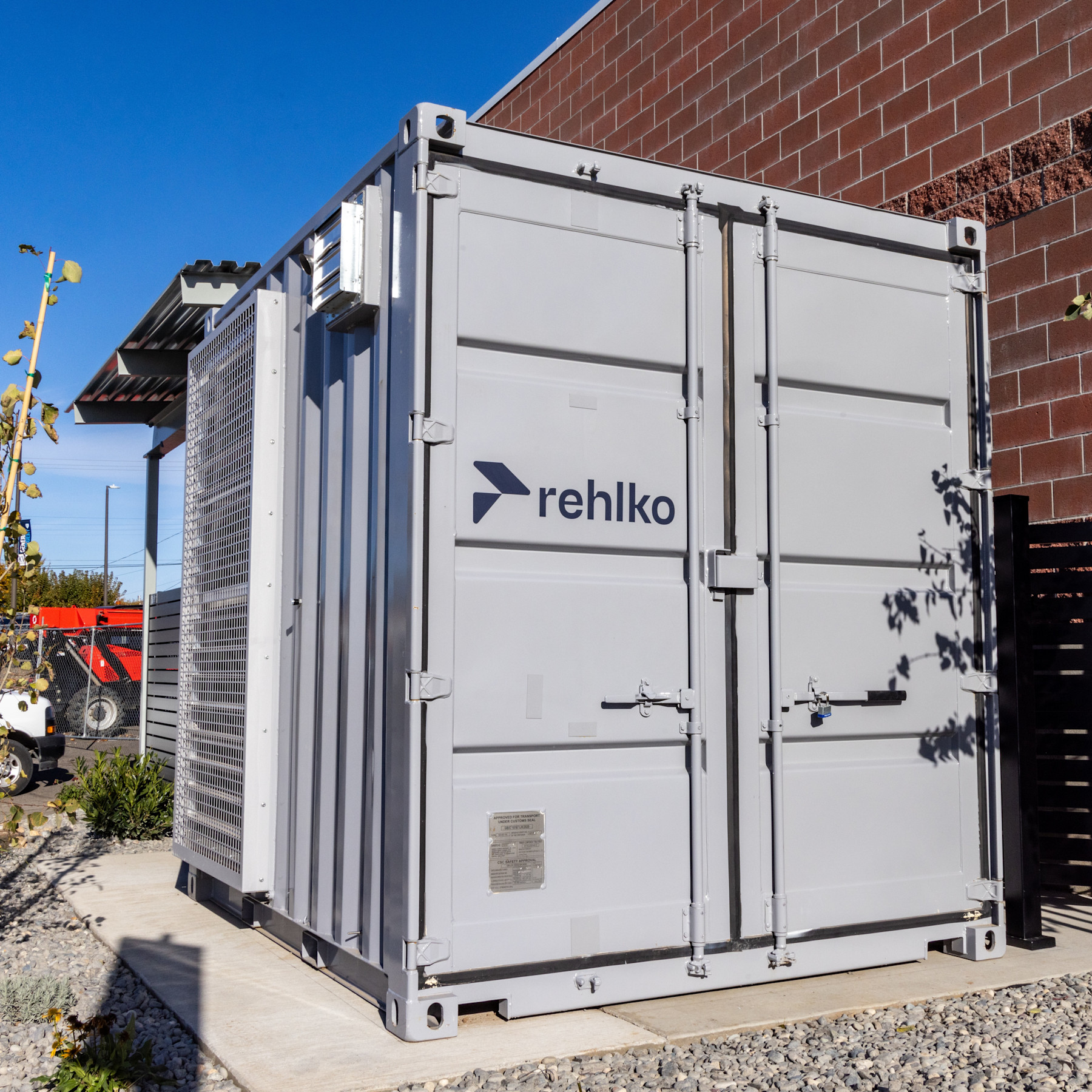How Rehlko’s In-House Engineering Translates To Equipment Reliability
 Print
PrintThe engineering process involved in creating a backup generator entails numerous considerations, ranging from block heaters and chargers to start circuits and starters. How does the Rehlko engineering team consistently surpass industry performance standards while addressing all these requirements? To answer that question, Rehlko’s engineering team sat down to talk about designing for reliability and resiliency:
What are some of the pain points Rehlko is striving to solve for data centers?
Rehlko: Two key requirements are reliability and performance. You need power online, and it needs to handle the load. Our design philosophy centers around mitigating or eliminating failure points. This is why we make the units remotely monitorable, so if something goes wrong, it can be addressed quickly. We've also built in redundancy in the starting and fuel systems and designed the units from the ground up for remote monitoring via a single Ethernet connection.
With so many moving parts, how does Rehlko's design process keep everything working as it should?
Rehlko: Our design process is customer driven. We gather feedback from direct customers, case studies, and industry specs and standards. This informs the criteria for new products, prioritizing reliability from the start. We also have a very experienced engineering staff at our ISO 9001 organization, ensuring robust processes for development and design. Finally, we maintain strong control over our supply chain, with some vertical integration for engines, enclosures, and alternators.
Testing is a big part of Rehlko's model. How does testing come into play, and does the in-house design approach improve the testing process?
Rehlko: Testing is integral to our quality control. Products undergo thousands of hours of testing to verify performance in harsh conditions and meet lifetime expectations. Every production unit is also tested before leaving the factory. Our in-house enclosure production allows us to test units in realistic field environments. This in-house capability facilitates clear and quick communication within our engineering and quality feedback loops.
Data center backup generators are tailored to specific needs. How does Rehlko's approach enable you to meet those specifications?
Rehlko: Our design philosophy, incorporating customer feedback and industry standards, leads to a broadly compliant base product. This provides a strong platform for upgrades and modifications. Accessories, enclosures, sound levels, and switchboards are where specs often differentiate themselves. Our units and enclosures are designed to accept a wide variety of requirements. Put this all together and we have a Rehlko-engineered special process for seamless integration to meet specific needs.
How does Rehlko approach sourcing parts, and how does that approach deal with supply chain challenges?
Rehlko: At different points in the past the supply chain has been a huge challenge to solve. We consider it heavily from the product's initial design. Vertical integration allows us to own the process from development to sale and lifetime management. When that's not possible, we closely integrate vendors into our process. Engineering establishes specs, and our supplier quality engineers control vendor quality throughout the entire supply chain.
Let's talk about your in-house design team. Can you give an example of a recent innovation?
Rehlko: Our e-frame enclosure is a good example. We're releasing a new iteration with Tier 4 retrofit-ready features. This allows customers to field a cost-effective product that meets standard Tier 2 emissions, but can be easily retrofitted for Tier 4 compliance later. It's a plug-and-play solution that simplifies the upgrade process.
Is there anything else you'd like to add?
Rehlko: First off, Tier 4 compliance and emissions are here to stay. They're at the forefront of our design process. Secondly, design readiness is a big consideration for us. Being prepared is key for success.



